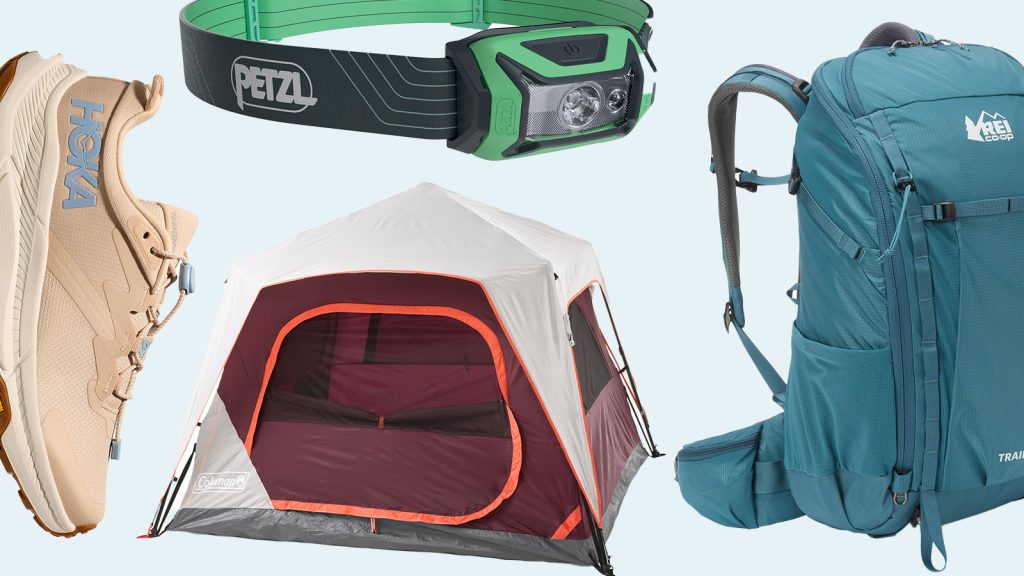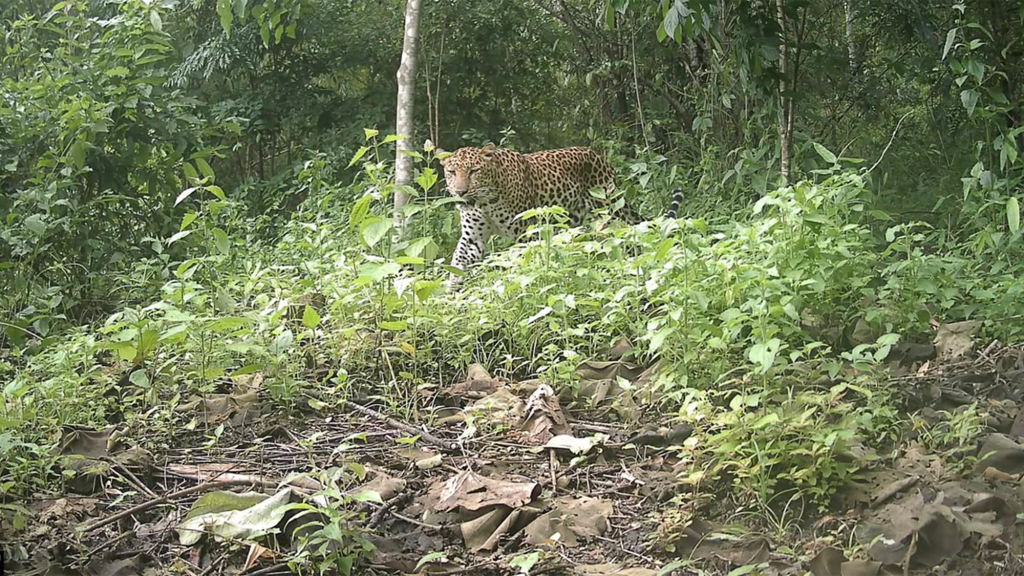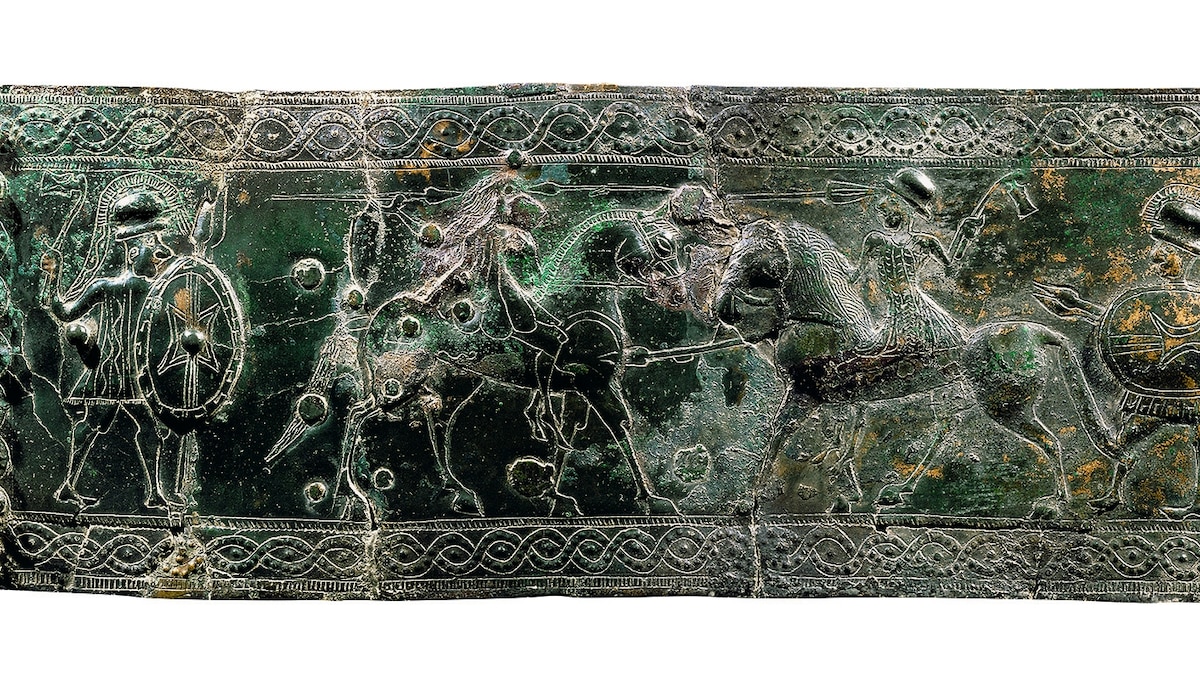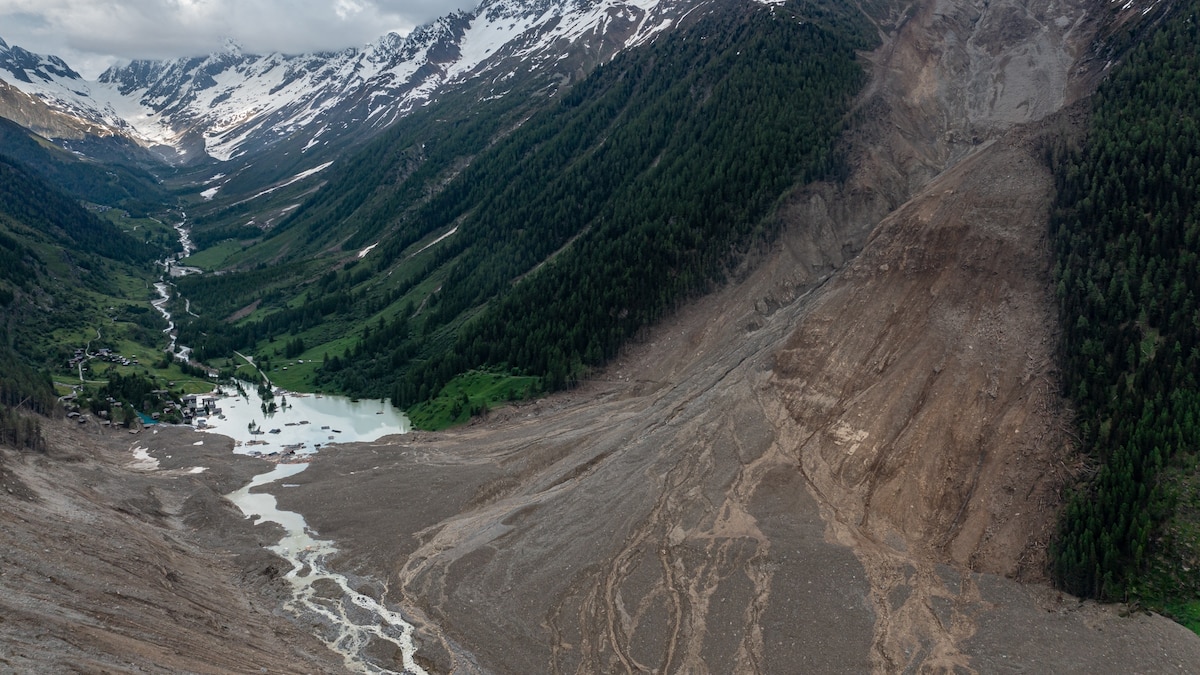Now Reading: When climbing Mount Everest, is it cheating to use xenon gas?
-
01
When climbing Mount Everest, is it cheating to use xenon gas?
When climbing Mount Everest, is it cheating to use xenon gas?
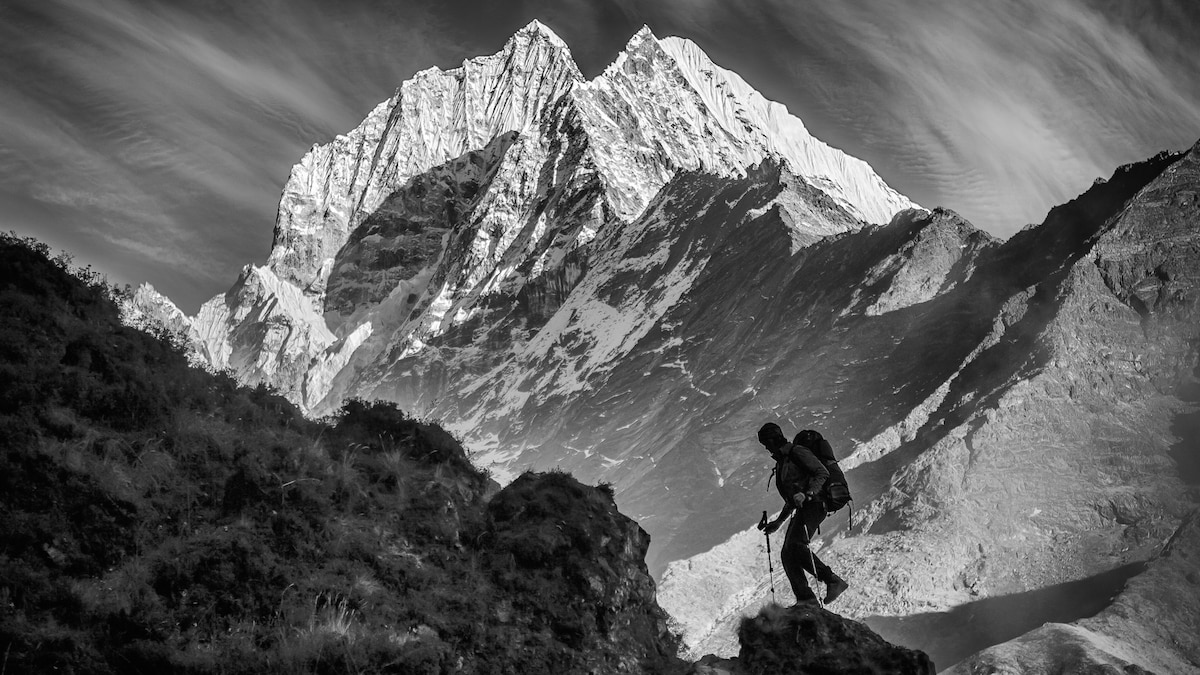
In 1978, Austrian physician and mountaineer Oswald Oelz was a team doctor on an expedition to Mount Everest when climbers Reinhold Messner and Peter Habeler became the first people to reach its summit without supplemental oxygen. Before then, it was unthinkable that humans, unassisted, could climb 29,032 feet, the height of Everest, where due to drop in atmospheric pressure we inhale only about 30 percent of the oxygen we breath at sea level.
Almost half a century later, Oelz’s grand-nephew, Austrian climbing guide Lukas Furtenbach, was the architect of a new feat atop Mount Everest. This May, four of his clients, along with five Sherpas, summited the world’s tallest mountain only five days after they left London. Usually, it takes an average of 40 days of slow acclimatisation to adjust to the high altitude and scarce oxygen on Everest.
The secret to the team’s lightning-fast ascent: About two weeks before the expedition, Furtenbach’s clients were given xenon through a medical mask. The noble gas is sometimes used as an anaesthetic but is also thought to boost the production of erythropoietin, a hormone that stimulates red blood cell production. The idea, suggested to Furtenbach by German anaesthesiologist Michael Fries, was to artificially accelerate the acclimatisation process.
The strategy, however, immediately caused controversy in the mountaineering community. Experts on high-altitude research who spoke to National Geographic mainly questioned whether xenon could actually produce an effect strong enough to mimic acclimatisation. And earlier this year, the International Climbing and Mountaineering Federation issued a statement warning about the absence of scientific studies to prove the safety and efficacy of xenon at high altitude.
Then there’s the question of whether xenon, banned in professional sport by the World Anti-Doping Agency, makes the climb up Everest so easy that it obscures the line between sportsmanship and tourism.


Around 7,000 people climb Everest every year with the help of supplemental oxygen. For others, using supplemental oxygen is considered a cheap shortcut akin to utilizing sherpas and fixed-ropes. Left, a climber scales Mount Everest with the aid of supplemental oxygen. Right, oxygen tanks are seen along a section of Everest called “the Balcony” near the summit.
Photograph by Matthew Irving, Nat Geo Image Collection (Top) (Left) and Photograph by Mark Fisher, Nat Geo Image Collection (Bottom) (Right)
In the world of mountaineering, there’s no regulatory body governing monitoring performance-enhancing drugs, but the style of a climber’s ascent still holds reputational cache. Ever since Messner and Habeler’s 1978 expedition proved that even the highest mountain on Earth could be climbed without supplemental oxygen, not using it has become an essential part of pushing the limits of the human body in high altitude. Called alpine style, this form of mountaineering—embraced by elite climbers—prizes climbs done without medical aids, fixed lines, or large support teams.
In contrast, a 30-year boom in commercial expeditions has focused on making the mountains more accessible to less experienced climbers, with hundreds of feet of fixed ropes, large amounts of supplemental oxygen, and the support of Sherpas. Some tour guides who lead these large groups say the controversy ignited by xenon places unfair scrutiny on what’s simply the latest of many tools making mountain climbing more accessible and safer.
American climber Adrian Ballinger, owner of Alpenglow Expeditions, thinks climbers should just be honest about the style they choose. “Professional athletes don’t use supplemental oxygen when climbing in the mountains because it makes things easier. But for recreational and non-professional climbers who hire guiding companies, it’s different,” he says.
However, he draws the line at the use of xenon in mountaineering—even in commercial expeditions. “I don’t see any reason,” he says, “to use a substance banned as doping.”
Doing drugs, 29,032 feet high
Climbers have a long history of employing different drugs to survive the cold and dangerous conditions of Earth’s highest peaks.
In 1953, mountaineering legend Hermann Buhl took methamphetamine pills, then known by the brand name Pervitin, to stay awake during a perilous descent after summiting the Himalayan mountain Nanga Parbat in Pakistan. (Buhl made his climb without supplementary oxygen and became the first and only person to achieve a solo first ascent of an 8,000-meter peak, famously surviving the night at 26,000 feet by standing on a tiny ledge.)
In the following decades, mountaineers experimented with both banned and legal substances, from amphetamine to Viagra. Two well-known prescription drugs, diuretic acetazolamide (commonly known as Diamox) and corticosteroid dexamethasone (Decadron) are often used to treat high-altitude conditions like acute mountain sickness or cerebral edema—but against expert recommendations, some climbers take them preventatively.
Nothing, however, works better to fight hypoxia and enhance performance at high altitude than a steady flow of supplemental oxygen.

Hermann Buhl in 1953, after summiting Nanga Parba, the ninth highest mountain in world, located in Pakistan. Under the influence of the drug pervitin, a stimulant similar to methamphetamine, Buhl was able to push on to the summit after the rest of his team was forced to return to camp, making Buhl the first and only person to make a solo-ascent of an 8,000 meter peak.
Photograph by Touring Club Italiano/Marka/Universal Images Group/Getty Images

A view of Nanga Parbat as seen from Jammu & Kashmir, 1933.
Photograph by Royal Air Force/Royal Geographical Society/Getty Images
“If you use supplemental oxygen continuously, oxygen delivery to tissues is maintained. You will not develop altitude illness, and exercise performance will not be affected,” explains Martin Burtscher, a long-time researcher in the field of high-altitude medicine and retired professor at the University of Innsbruck in Austria.
This is why some climbers, still devoted to purist alpine style, refrain from using supplemental oxygen, since they consider it a form of high-altitude doping.
Furtenbach adhered to this minimalist climbing style when he was younger, but over time opted for climbing aids that he says made ascents safer for him and his clients. He doesn’t think new techniques should be looked down on if they make climbing in the Himalaya safer.
“If you want to climb at this altitude, you can do it in either an extremely dangerous way and risk your life, or you can try to climb as safely as possible,” says Furtenbach. “And that means you need to use all the medical aids that are available.”
He argues that singling out xenon is hypocritical: “If someone wants to ban xenon from mountaineering, then it needs to be consistent and ban everything—from oxygen to dexamethasone.”

The tinkling of bells accompanies yaks hauling propane and other supplies to Advanced Base Camp.
Photograph by Renan Ozturk, Nat Geo Image Collection
A novel expedition to Everest
Before he became an advocate of xenon, Furtenbach had experimented with having clients sleep at home in tents with reduced oxygen and training with limited oxygen to help simulate the acclimatization process. That shortened the ascent time to three weeks.
Knowing this, Fries, the anaesthesiologist, approached Furtenbach back in 2019 with the idea of using xenon and its erythropoietin production ability to accelerate acclimatisation even further.
When confronted with limited oxygen at high altitude, the human body gradually releases erythropoietin after several weeks of acclimatisation, as a climber makes rounds up and down the mountain, slowly gaining altitude.
Fries, who spent 15 years researching different effects of xenon while working at Aachen University’s hospital in Germany, theorized that a one-time low-dose administration of the gas could produce the same results in a matter of days. Fries also contends that xenon can prevent high-altitude sickness due, in part, to its positive effect on the blood vessels that connect the heart and lungs.
Furtenbach first tested xenon on himself in 2020 while climbing Argentina’s 22,831-foot Aconcagua and, two years later, on Everest. Both times, he says, he felt strong and fast, and didn’t experience any negative side effects.
Then he crafted a plan for including xenon in the expeditions offered by his self-titled company, Furtenbach Adventures, which facilitates climbs up Everest and other famous mountains. The decision to offer xenon to clients, he says, was done to make climbing safer.
“The fewer rotations you have to do on the mountain, the safer the expedition becomes,” he argues. (Furtenbach also thinks shorter trips could help curtail the large amounts of garbage long expeditions leave behind.)
You May Also Like
For the first-ever xenon “powered” expedition, he chose four British clients, who boasted a combination of high-altitude climbing experience and military training. After ten weeks of pre-acclimatisation at home, sleeping and training with limited oxygen, they received a low dose of xenon in a German hospital and two weeks later embarked from London on their five-day-long ascent. No immediate serious side effects from the xenon treatment were observed by Furtenbach or the members of the expedition.
The price of the climb was 150,000 euros a person. Furtenbach declined to specify how much xenon, an expensive gas, added to this total.


Climbing rope is a ubiquitous tool amongst mountaineers, and learning how to safely build anchors and belay are essential skills. However, on some mountains, ropes may be pre-anchored and left in place for the entirety of the season to aid less experienced climbers. Left, the first Nepali female to climb Manaslu studies ice anchors in a climbing class. Right, a mountaineer descends to camp III during an attempt to summit Hkakabo Razi, said to be Southeast Asia’s tallest mountain.
Photograph by Aaron Huey, Nat Geo Image Collection (Top) (Left) and Photograph by Renan Ozturk, Nat Geo Image Collection (Bottom) (Right)
Is xenon necessary for a fast climb?
Not everyone with high-altitude expertise is convinced that xenon is the best way to quickly climb Everest.
Some experts argued that a one-week ascent might be possible without a miracle drug like xenon, if only the climbers would use a high enough flow of oxygen right from the bottom.
“If you have a big flow of oxygen, you don’t need to work as hard to acclimatise. From an oxygen perspective, you’re not going to the summit of Everest, but much lower,” says Mike Grocott, professor of anaesthesia and critical care at the University of Southampton in England and expert on the physiology of hypoxia.
This theory, too, was tested this May when Ukraine-born Andrew Ushakov stated that he climbed to the top of Everest in a little less than four days after leaving New York. To achieve this, he used supplemental oxygen and trained in low-oxygen conditions. A team from the Elite Exped company guided Ushakov to the top. He says he used oxygen as soon as he started his ascent from the base camp, starting with a flow of 0.5 liters per minute and slowly increasing it to three to four liters per minute, which he used on the summit day.
The xenon team, Furtenbach says, didn’t start using oxygen until they reached 19,700 feet, continuing from there with a usual flow of 1 to 2 litres per minute. Higher flow was used only above 26,000 feet. This theoretically means xenon could indeed have some effect on the acclimatisation process, beyond supplemental oxygen.
Still, without peer-reviewed studies, it’s hard to conclude that the xenon made a difference, warns Peter Hackett, a high-altitude researcher and professor at the University of Colorado Anschutz Medical Campus. “My question is—why the big rush,” he says.
“These ascents reveal that Everest’s challenge is now all about dealing with hypoxia and not really climbing.”
For some climbers, no extra help wanted
Climbers who abstain from performance-boosting drugs and supplemental oxygen see xenon as just another departure from the purest, and thereby most elite, form of climbing.
The Piolet d’Or, the most coveted mountaineering award, perhaps best exemplifies the most prestigious climbing styles. The award currently doesn’t consider ascents done with supplemental oxygen or fixed lines, giving the spotlight to imaginative and innovative new routes, doing more with less, and building on experience.
One of the winning teams of last year’s Piolet d’Or, American climbers Matt Cornell, Jackson Marvell, and Alan Rousseau, spent seven days charting a new route up the steep north face of Jannu in Nepal. To pack lightly, they shared a single sleeping bag.
“Alpinism without the factor of the unknown is only the plain physical activity,” says Slovenian climbing legend Marko Prezelj, four-time winner of Piolet d’Or. “If somebody prepares the mountain for you by putting in fixed lines and you climb together with 500 people, there is nothing unknown.”

The Everest massif from Camp I on Pumori.
Photograph by Cory Richards, Nat Geo Image Collection
Famous American alpinist Steve House, best known for his bold “alpine style” first ascent on the Rupal face of Nanga Parbat in 2005, sees alpinism as a process of stripping away excesses to get closer to the experience.
“There is nothing inherently wrong with the ascents done with supplemental oxygen and xenon, but we need to understand these climbs as tourism, not alpinism,” says House.
And Mingma Gyalje Sherpa, the first Nepali to climb all 14 of the world’s 8,000-meter peaks without supplemental oxygen and founder of the Nepal-based guiding company Imagine Nepal, says there should be a limit to what tour companies offer. He thinks that the traditional way of doing proper acclimatisation is more valuable.
“I would always suggest to clients to do at least one rotation on the mountain up to Camp 2, before the summit push, so they can understand their body at high altitude. We also don’t take clients without previous experience,” he says.
But even if assisted climbs and medical aids become more common, Alpenglow Expeditions’ Ballinger thinks there will always be an interest in unassisted alpine climbing.
“There are endless new route opportunities for alpinism in the Himalaya. And I don’t think the fact that we have commercial guiding on a handful of routes on the world’s most popular mountains gets in the way of the cutting-edge side of the sport,” says Ballinger.
Peter Hackett, the high-altitude researcher, is less optimistic.
“The improved access, safety, and success on Everest have led to a new “generation” of high-altitude tourists with high ambition but little climbing experience, and more money than time,” he says. “It’s all about— how I can bag this summit and miss as little work as possible.”












